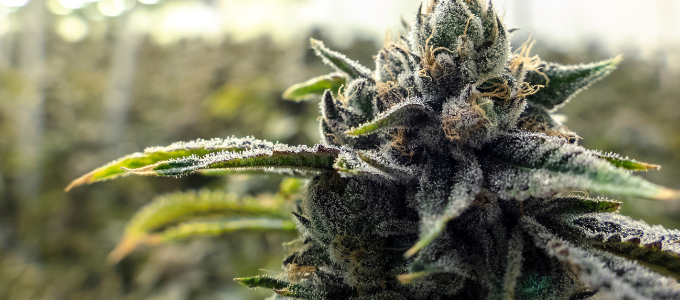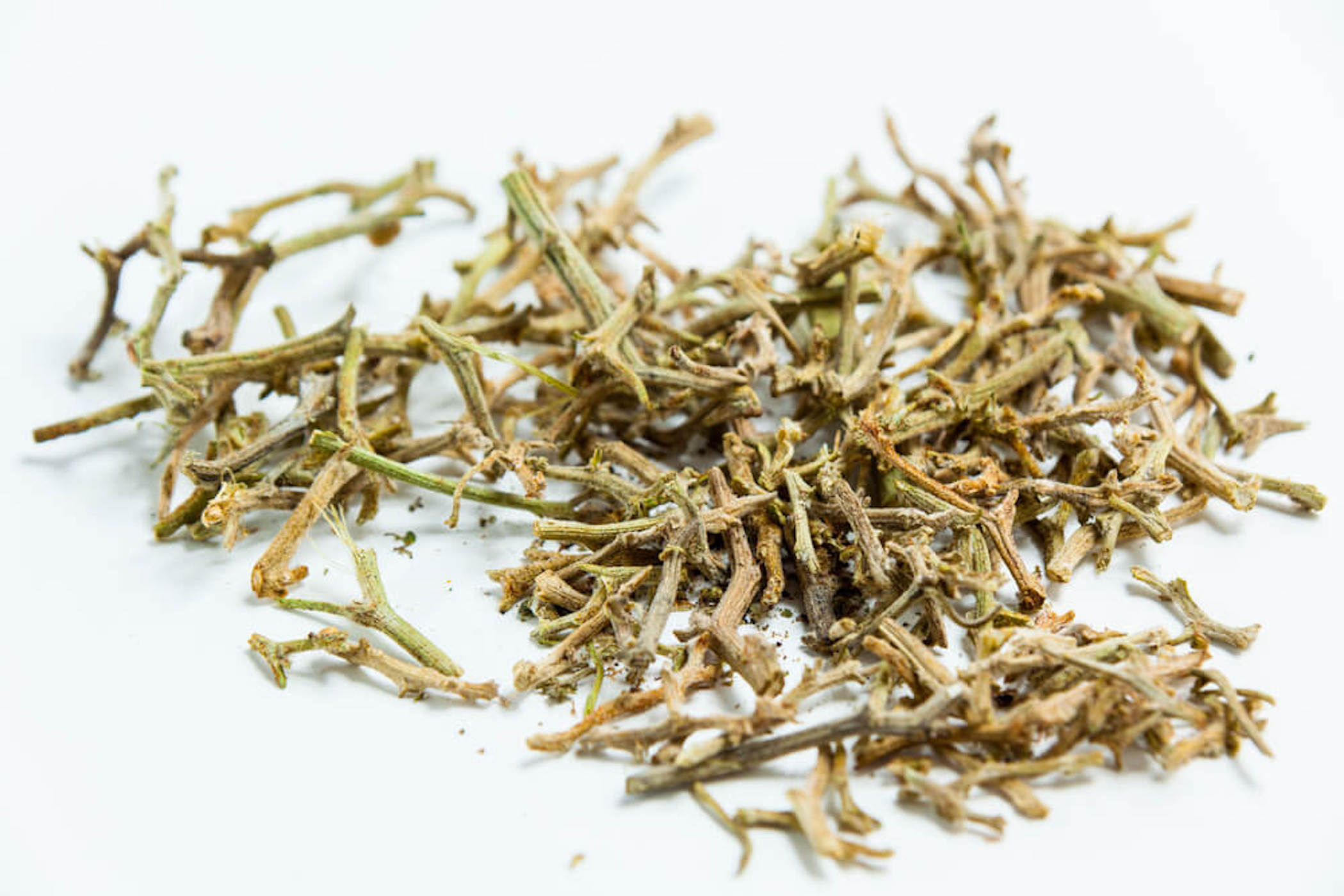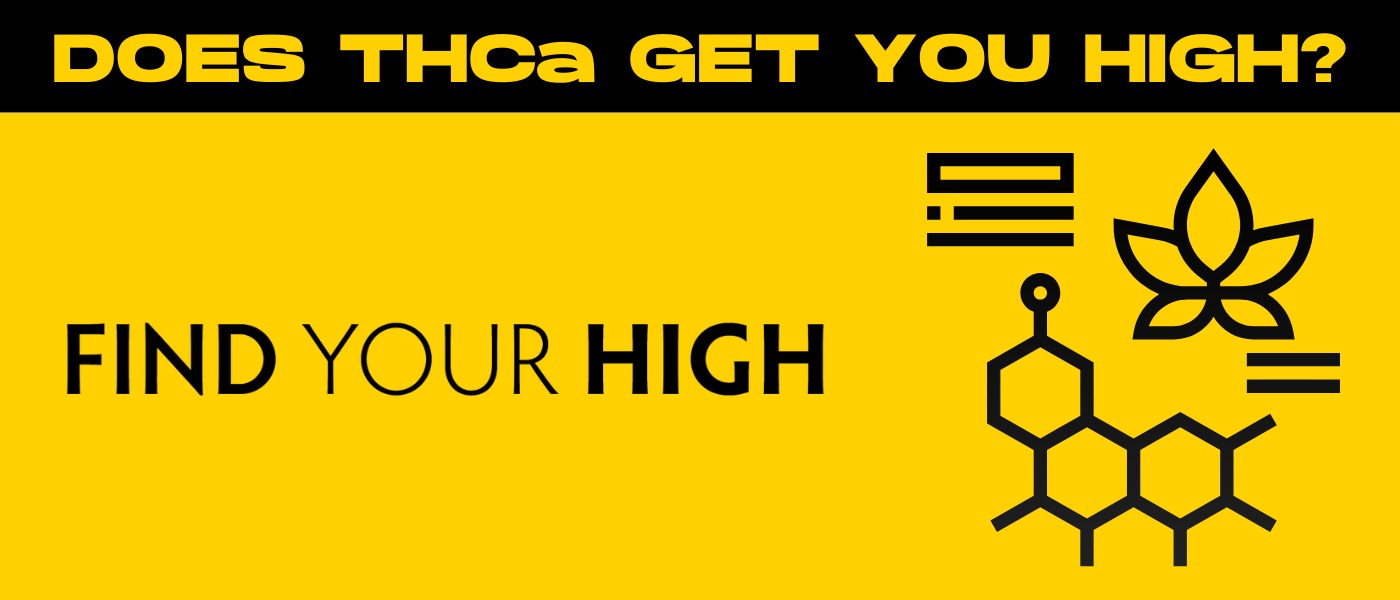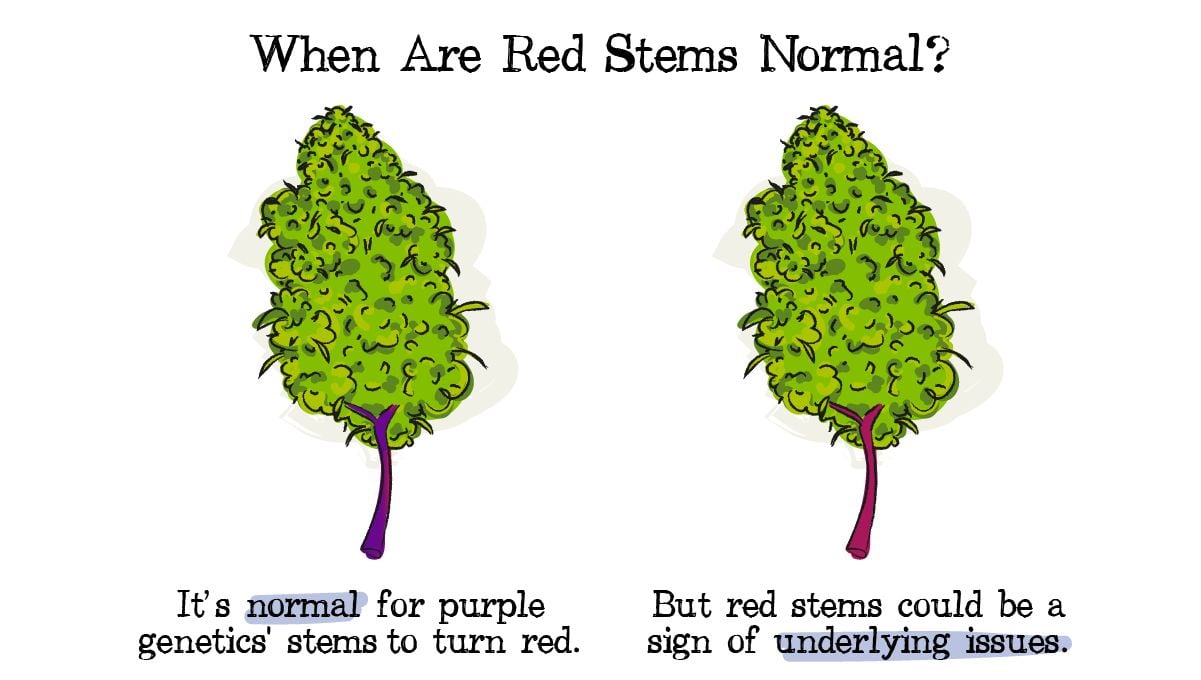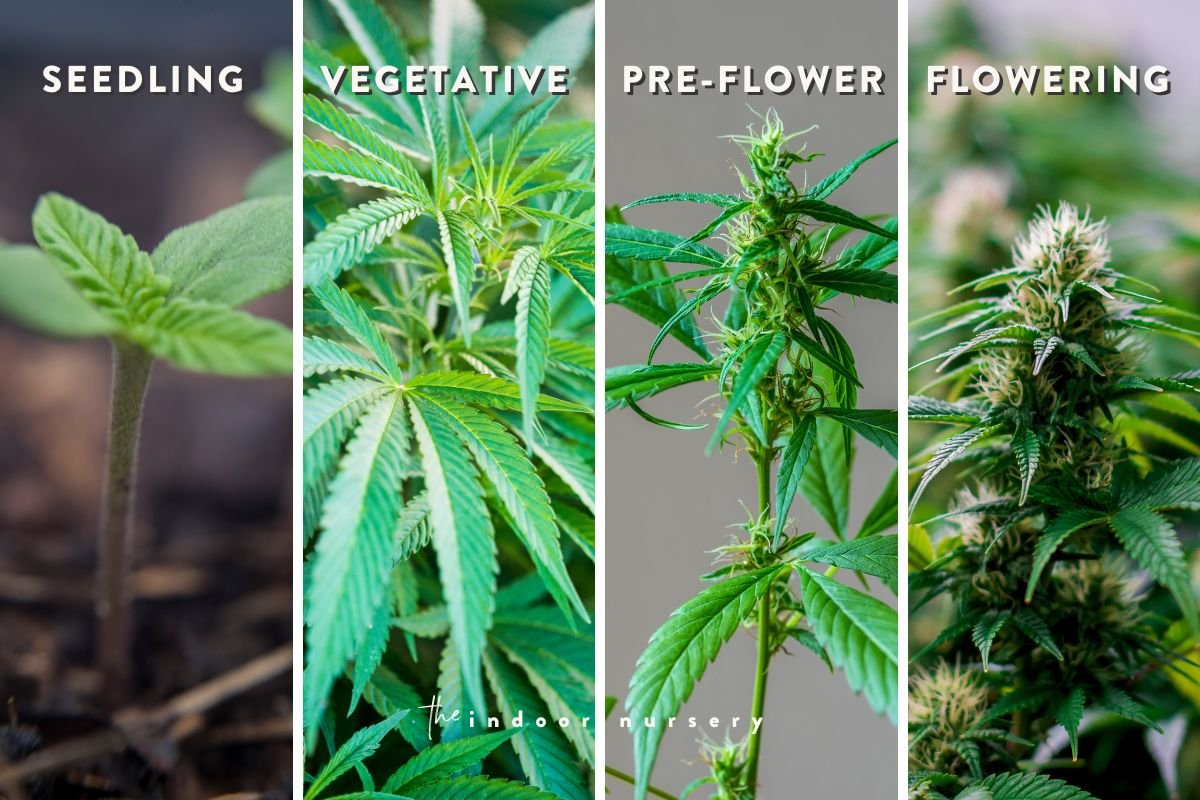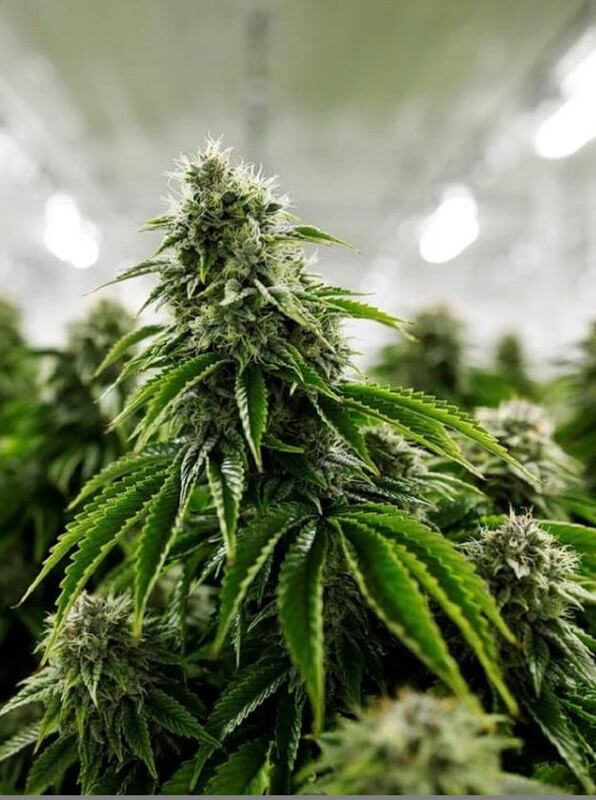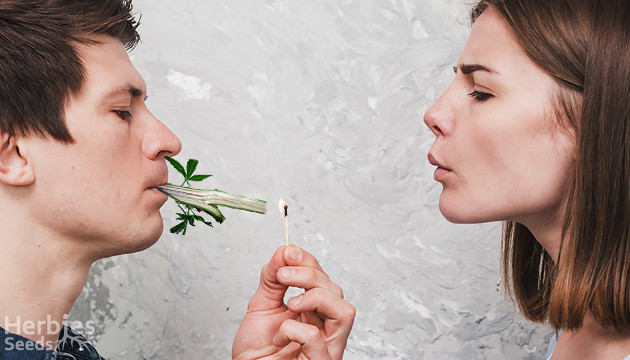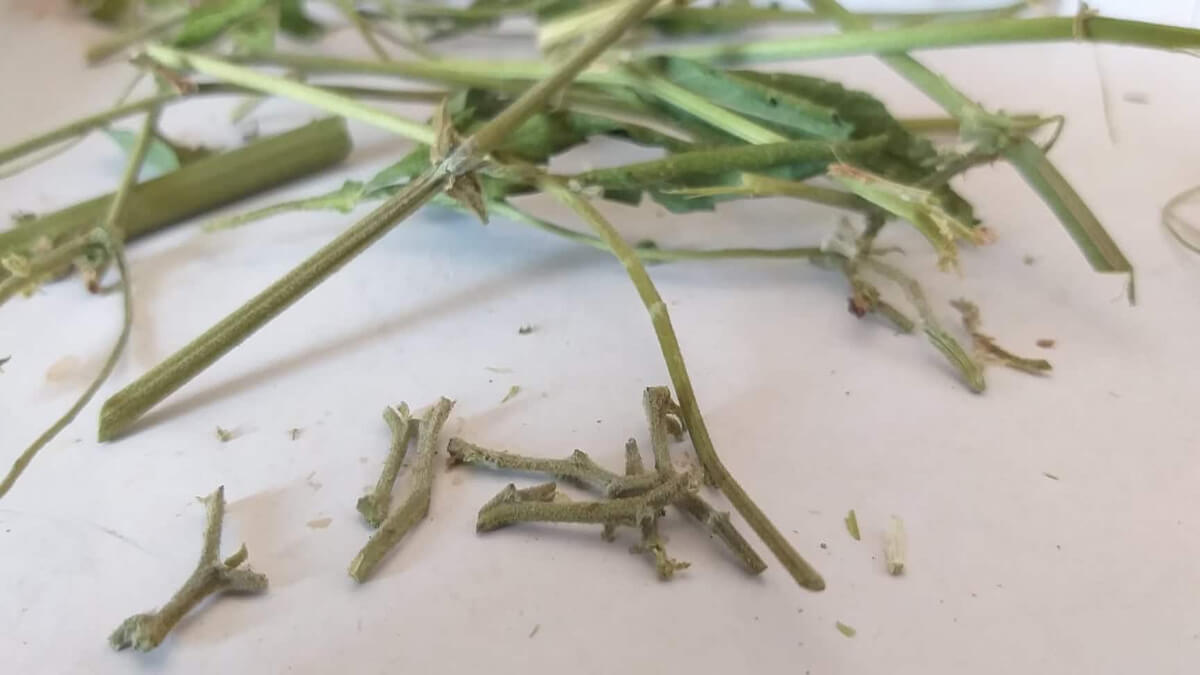Can Weed Stems Get You High

For generations, whispers have echoed through cannabis culture: can the seemingly useless stems of marijuana plants actually induce a high? This question, often relegated to hushed conversations among novice users, has sparked debate and fueled countless experiments. While seasoned consumers typically discard stems without a second thought, the allure of extracting psychoactive compounds from every part of the plant persists.
This article delves into the science behind the claim that weed stems can get you high, exploring the presence of cannabinoids, the potential for extraction, and the practical limitations that often result in disappointment. We'll examine scientific literature, expert opinions, and anecdotal evidence to provide a comprehensive understanding of this long-standing cannabis myth.
The Science of Cannabinoids and Stems
The primary psychoactive compound in cannabis is delta-9-tetrahydrocannabinol, or THC. This cannabinoid, along with others like cannabidiol (CBD), is responsible for the effects experienced when consuming marijuana. These compounds are primarily concentrated in the resinous trichomes of the flower, or bud, of the cannabis plant.
Stems, in contrast, contain a significantly lower concentration of cannabinoids than the buds. While they do possess some trichomes, they are far fewer in number and often less developed. This lower concentration is the crux of the argument against stems being a reliable source of psychoactive effects.
Laboratory testing has confirmed the disparity in cannabinoid content between buds and stems. Studies have shown that stems may contain trace amounts of THC, sometimes so negligible that they are practically undetectable by standard testing methods. This is a key factor in understanding why stems are generally considered ineffective for getting high.
Extraction Methods and Their Limitations
Despite the low cannabinoid content, some believe that extraction methods can concentrate the THC present in stems. Common methods include boiling stems in milk or butter to create a homemade cannabis-infused beverage, or using alcohol to create a tincture.
The effectiveness of these methods is questionable due to the limited amount of THC available. While heat can decarboxylate tetrahydrocannabinolic acid (THCA), the non-psychoactive precursor to THC, the starting amount of THCA in stems is often insufficient to produce a noticeable effect. Furthermore, homemade extraction methods are often inefficient, leading to a low yield of cannabinoids in the final product.
Moreover, the quality of the cannabis stems plays a crucial role. Stems from high-quality, potent cannabis strains are more likely to contain a higher concentration of cannabinoids than those from lower-quality plants. However, even in these cases, the difference is unlikely to be significant enough to produce a strong psychoactive effect.
Expert Opinions and Anecdotal Evidence
Cannabis experts and researchers largely agree that stems are not a reliable source of cannabinoids. Dr. Ethan Russo, a renowned neurologist and cannabis researcher, has stated in various interviews that stems contain minimal THC and are unlikely to produce a significant high.
Many experienced cannabis users corroborate this sentiment, citing unsuccessful attempts to extract psychoactive compounds from stems. While some individuals claim to have experienced mild effects after consuming stem-infused products, these experiences are often attributed to the placebo effect or the presence of residual cannabinoids from bud fragments adhering to the stems.
Anecdotal evidence, while widespread, is inherently unreliable due to the lack of controlled variables and potential for bias. Personal experiences should be considered with caution and should not be interpreted as definitive proof of stems' psychoactive potential.
Practical Uses for Cannabis Stems
While stems may not be ideal for getting high, they do have some practical uses. Many individuals use stems to make tea, believing that the low levels of cannabinoids and terpenes present can provide mild relaxation benefits.
Stems can also be used for crafting projects, such as making paper, rope, or even art. These uses allow for the utilization of the entire cannabis plant, minimizing waste and promoting sustainability. Some resourceful individuals compost the stems.
Furthermore, stems can be used to infuse oils for topical applications. While these oils may not produce psychoactive effects, they may offer anti-inflammatory or pain-relieving benefits due to the presence of cannabinoids and terpenes. The amount is usually so low, that there is no benefits.
The Future of Cannabis Research
Ongoing research into cannabis continues to shed light on the plant's complex chemical composition and potential therapeutic applications. While current research focuses primarily on the cannabinoids present in the buds, future studies may explore the potential uses of other plant parts, including stems.
Advancements in extraction technology could potentially allow for more efficient extraction of cannabinoids from stems in the future. This could open up new possibilities for utilizing this often-discarded plant material. Still, cost benefit analysis would probably show that it is not profitable.
Ultimately, the question of whether weed stems can get you high remains a topic of debate and personal experimentation. While the scientific evidence suggests that stems are not a reliable source of psychoactive compounds, continued research and advancements in extraction technology may change this in the future.
